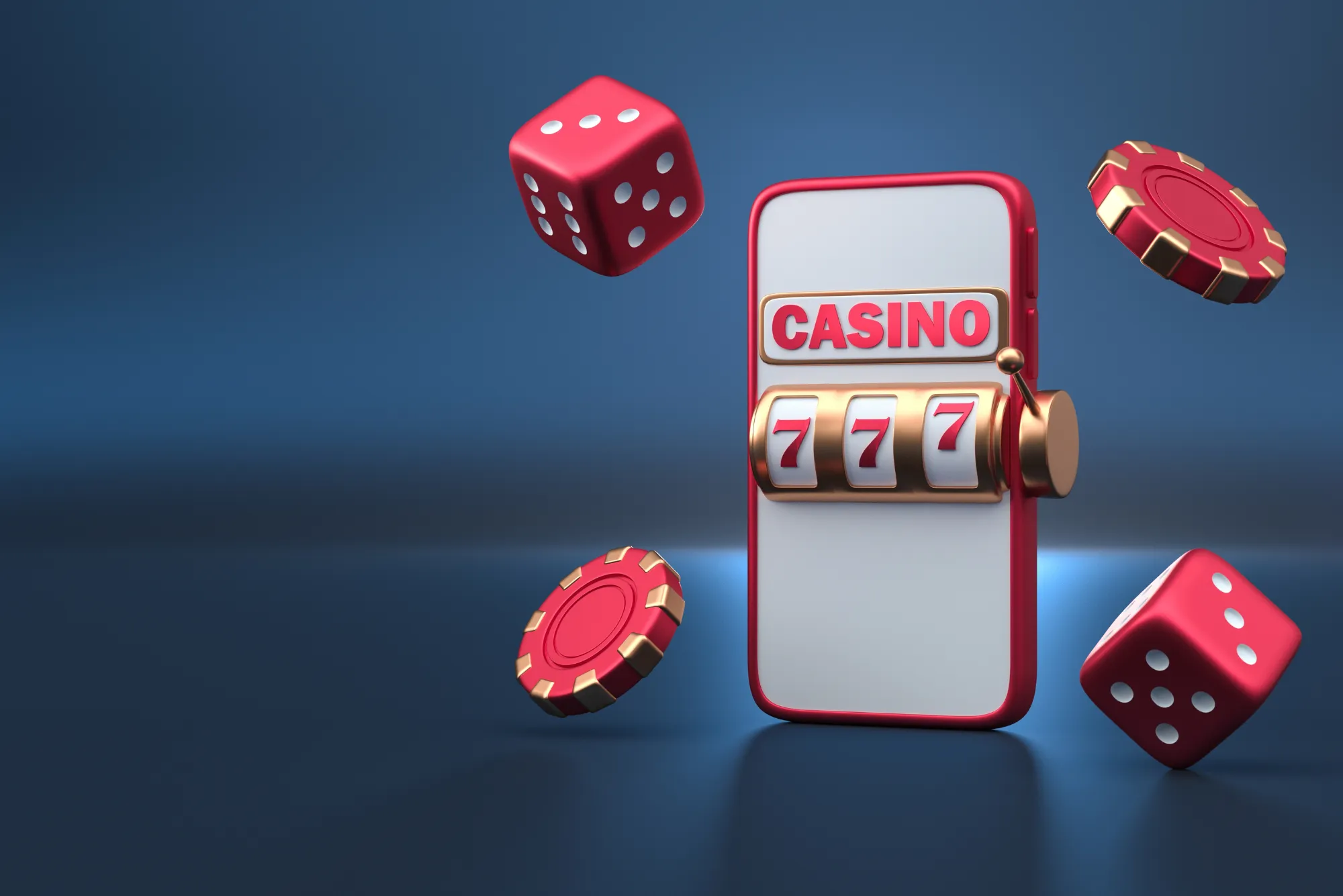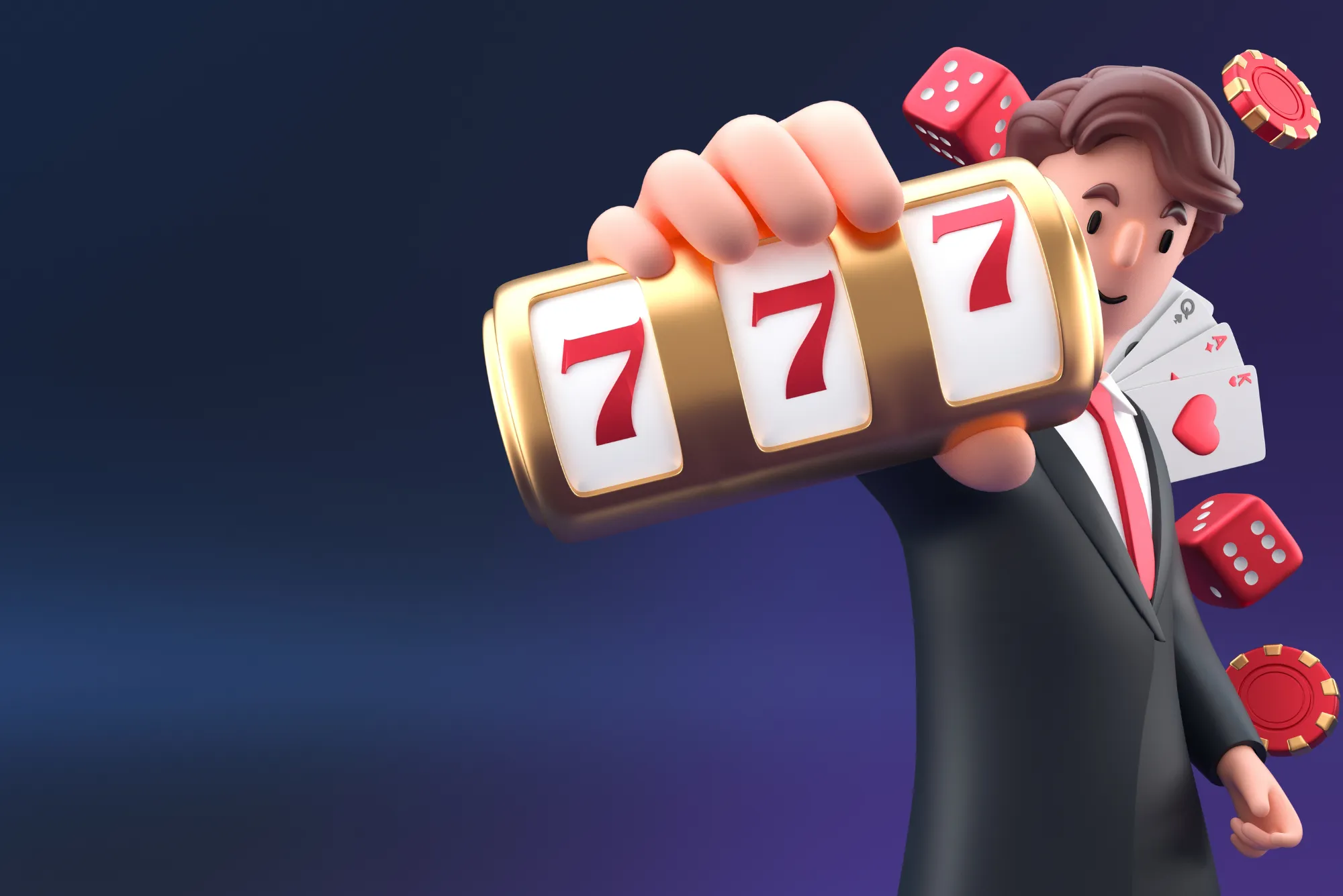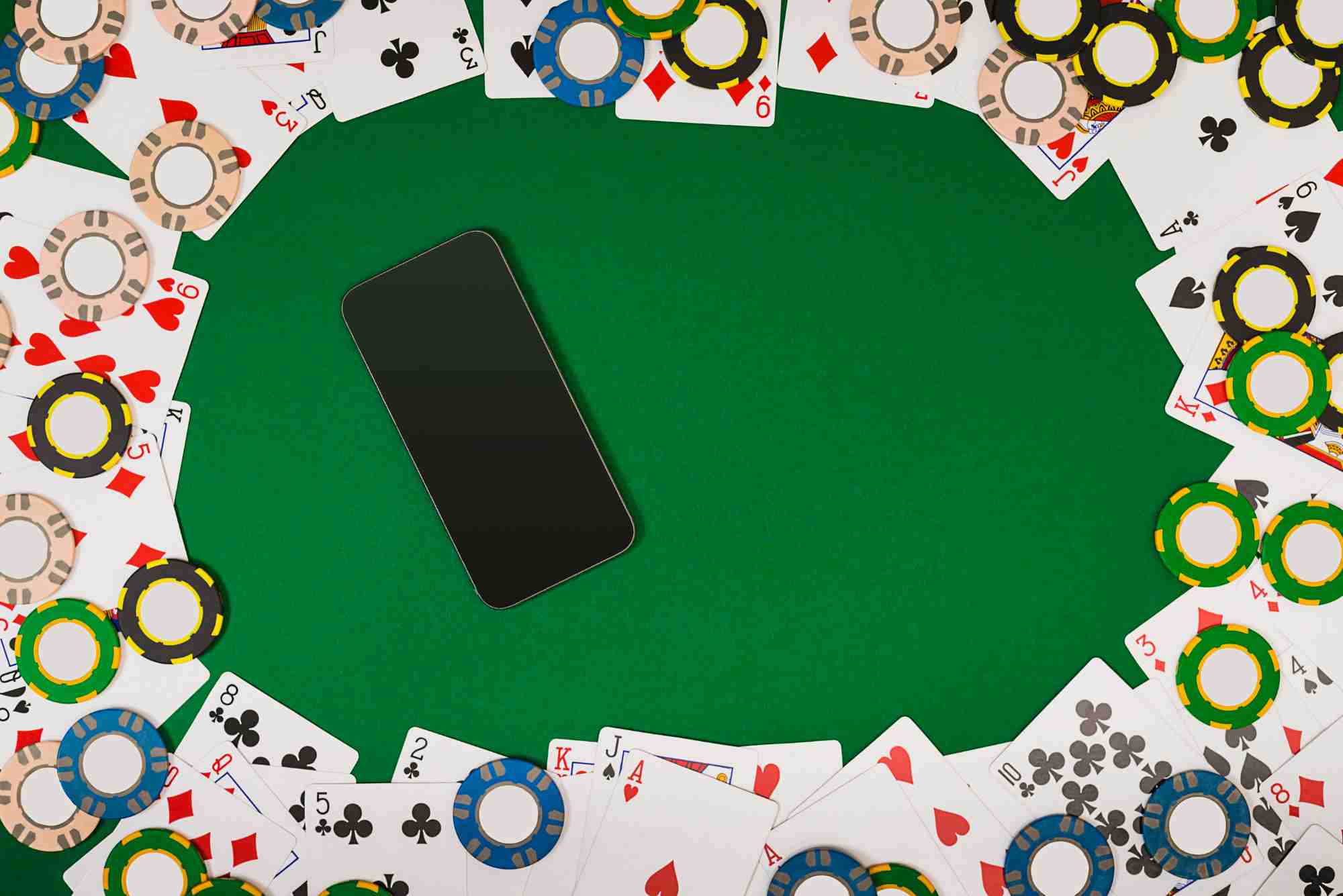Walking into a casino—or logging into an online slot site—you might be greeted by flashing lights, boisterous sounds, and sudden pop-ups announcing a “BIG WIN!” It all feels so thrilling, but have you ever wondered why some of these alerts seem a little too perfectly timed or a little too scripted? In this article, I’ll share insights from my own time testing games, chat with industry insiders, and explore real-world examples to answer the question: why do slots sometimes feature fake “big win” alerts?
The Psychology Behind Fake Win Alerts
When you see that celebratory graphic and hear the triumphant jingles, your heart skips a beat. That reaction isn’t accidental—it’s the result of careful psychological design.
Creating Instant Excitement
From my first spin on a slot machine with a staged winner alert, I noticed how quickly my attention shifted. Even if I hadn’t won, I felt a surge of excitement, thinking, “Maybe I’m next.” Developers leverage those emotional spikes to keep players engaged. Sometimes, systems intentionally trigger big win animations at seemingly random intervals to rejuvenate a player’s enthusiasm, even after several losses.
Leveraging FOMO (Fear of Missing Out)
Shortly after a fake win alert flashes, you may be more inclined to play another round. That “fear of missing out” kicks in—you imagine what it would feel like if the next alert were yours. Casinos bank on this momentum. And with non GamStop casinos often offering unrestrained bonus features, that FOMO effect can be even stronger when you’re chasing that next big moment non GamStop casinos
Technical and Design Considerations
It’s not just psychology; there are technical reasons why fake alerts appear.
Simulated Win Animations vs. RNG Outcomes
While the random number generator (RNG) firmly governs whether you actually win, the front-end software occasionally decouples win animations from real outcomes. In other words, the machine might display a big win graphic even if the RNG didn’t yield a jackpot. This technique requires careful calibration to avoid player outrage. In regulated markets, these simulated alerts are tightly controlled, but in less restrictive environments, operators have more leeway to deploy them as engagement tools.
Balancing Regulation and Engagement
Different jurisdictions have varying regulations about what can be shown on-screen. In highly regulated areas, any alert must accurately reflect true payouts. However, in some online markets, including certain offshore and non GamStop casinos, operators have more freedom to experiment. They can use faux win alerts to mimic the excitement of a busy casino floor, encouraging players to keep spinning.
Impact on Player Behavior
Beyond momentary excitement, fake alerts have tangible effects on how people play.
Encouraging Longer Sessions
I once conducted a small test: half of my spins used machines with standard RNG-linked animations, while the other half triggered additional “near-miss” and “big win” pop-ups. The session with staged alerts lasted almost 30% longer, and I ended up placing more bets overall. Casinos love that: more time on the machine translates directly into higher revenue.
Ethical Implications and Trust
However, there’s a flip side. Some players feel deceived when they uncover that big win alerts aren’t always genuine. This can erode trust and lead to negative reviews or even regulatory complaints. The most reputable operators balance excitement with transparency—clearly indicating that certain animations are for entertainment, not guarantees.
Differences Across Casino Models
Not all casinos treat fake win alerts the same way. Their approach depends on license, audience, and business model.
Licensed Casinos vs. Offshore Platforms
Brick-and-mortar venues in major markets (Las Vegas, London’s West End) operate under strict oversight. Any displayed win must correspond to an actual payout. Online platforms with robust licenses (UKGC, MGA) follow similar rules. In contrast, many offshore sites, such as non GamStop casinos, can experiment more freely with alert timing and frequency, under looser regulatory frameworks.
Regulatory Environments in Non-GamStop Casinos
Operators at non GamStop casinos aren’t bound by UK self-exclusion rules, so they often deploy engaging front-end features to stand out. But players need to be aware: while these sites can offer attractive bonuses, they may also use entertaining but non-authentic win animations to encourage play. Understanding these differences helps you choose platforms aligned with your risk tolerance and entertainment preferences.
Best Practices for Responsible Gaming
Despite these bells and whistles, responsible gaming doesn’t have to be compromised.
Transparency and Player Education
Good operators provide clear information about how their alerts work. They’ll often include disclaimers: “Win animations are for entertainment only.” This upfront honesty builds trust and ensures players know what they’re engaging with.
Tools and Self-Exclusion Options
Even if you love the rush of a surprise “big win” pop-up, set sensible boundaries. Most licensed casinos—online or land-based—offer self-exclusion, deposit limits, and time-out features. If you find yourself chasing alerts instead of enjoying the game, take advantage of these tools to maintain control.
Looking Ahead: The Future of Win Alerts
As technology evolves, so will these gaming features.
AI-Driven Personalization
Imagine alerts tailored to your past play style. Artificial intelligence could time win animations based on when you need a motivational boost. Ethical operators will use this power to enhance enjoyment, while less scrupulous sites could exploit it. Always check licensing and reviews before playing.
Virtual Reality and Immersive Environments
VR casinos are on the horizon, where every spin feels like a trip to a luxury resort. In those spaces, fake win alerts might appear as environmental cues—digital confetti falling in the air or applause in a virtual crowd. While these effects can heighten immersion, they’ll also demand new standards for transparency and fairness.
Conclusion
Fake “big win” alerts can inject genuine excitement into a slot session, leveraging psychology and cutting-edge software design. However, they also raise ethical questions about transparency and trust. By understanding why and how these alerts appear—especially in flexible environments like non GamStop casinos—you can make informed choices and enjoy slots responsibly. Whether you’re chasing real jackpots or just seeking a fun ride, knowing the mechanics behind the magic ensures you stay in control of your gaming experience.







